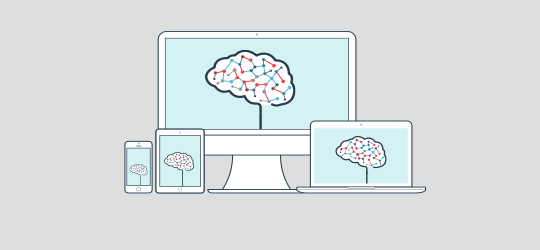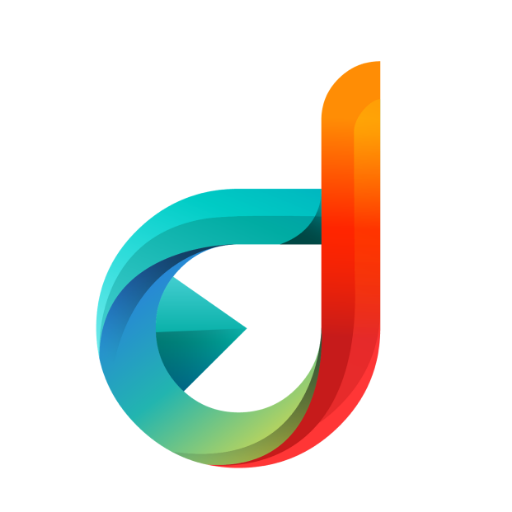e-Learning Ecologies MOOC’s Updates
Adaptive Learning and My Brief Experience With It
As technology and the media evolve, it is necessary for education to do so as well. And, as Bill Cope and Mary Kalantzis explain in their book [1], new technologies in education allow old aspirations for education to now be achievable. In this context, we can think of adaptive learning, which is defined by a range of methods, techniques and technologies that offer personalized teaching to students, avoiding a "one-size-fits-all" experience and working on the individual difficulties of each student.
Thinking about applying adaptive learning in the traditional classroom means thinking about more work for a teacher and an impractical classroom model within the physical and temporal spatial limits of the school - the four walls of the classroom and the class times separated in blocks . However, with the use of software that has designed adaptivity (an educator prepares a guide on the "if this, then that" model) and algorithmic adaptivity (such as Bayesian Knowledge Tracing (BKT) and Item Response Theory (IRT))[2] in virtual spaces and at any time (ubiquitious learning), it is possible to fully explore the concept of adaptive learning.
This video below made by the Moodle learning platform illustrates what an adaptive learning platform looks like and how intuitive its interface is.
An example of a learning experience I had during my college entrance exam was with an ENEM (a national exam in which the grade obtained is used to compete for places in renown federal institutions in Brazil) questions platform[3] which selected the levels of daily questions sent to me according to my performance. In order to explore it to the fullest, I gave up the physical structure of the preparatory course and its standardized study syllabus for several students and dedicated myself to studies only using this platform through my notebook, which guaranteed me greater freedom for studies and greater motivation to study at the times when I felt most comfortable. Despite being part of the beta version, the individual performance reports helped me to have an overview of how my knowledge was and to work on my metacognition in the four areas of knowledge covered by ENEM: natural sciences, humanities, languages and mathematics. Thus, I was able to understand that although I had a higher correct questions rate in the natural sciences, the time it took me to resolve these questions was longer than the average time in other disciplines, which revealed a need to become more familiar with the profile of natural science issues. Furthermore, my difficulty in progressing to the most difficult questions in mathematics showed how my theoretical basis needed to improve on certain subjects. In addition to the statistical data on my performance, the fact that this software only works with issue resolution gave me the freedom to choose how much time I would allocate to study the subjects I felt most needed, in addition to using different strategies according to my needs for each subject matter. Finally, after the exam I realized that my score improved a lot and my ability to identify and remedy learning difficulties as well as my awareness about my cognitive abilities improved a lot and nowadays I use them to help other students to study for this same exam occurs every year.
Finally, it seems reasonable to say that in a future teaching utopia with the use of technologies, adaptive learning will be a great tool to respect the individuality of students in the learning process even if a teacher has to work with several students at the same time.
[1] Cope, Bill and Mary Kalantzis. 2016. "Conceptualizing New Learning." In Cope, Bill and Mary Kalantzis, e-Learning Ecologies. Routledge NY: forthcoming.
[2] https://www.smartsparrow.com/what-is-adaptive-learning/
[3] https://dudow.com.br/




How well the adaptive learning evolved in adult learning space?